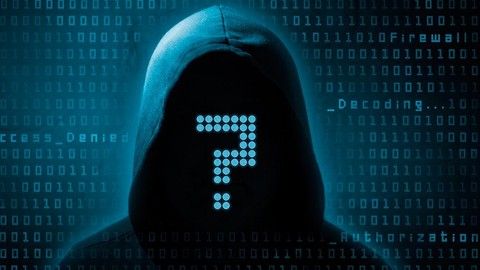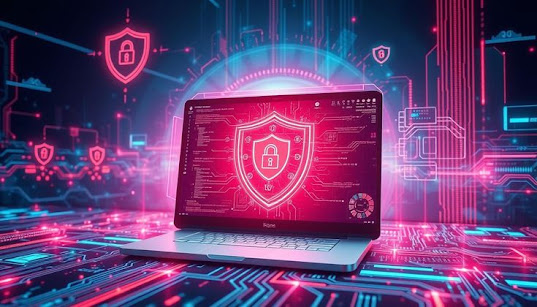What Is Cybersecurity? A Beginner’s Guide for 2025
What Is Cybersecurity? A Beginner’s Guide for 2025
Cybersecurity is no longer optional in 2025. With the rise of digital transformation, artificial intelligence, and connected devices, online threats have grown more sophisticated than ever before. Whether you're a student, business owner, or everyday internet user, understanding cybersecurity is essential to protect your identity, data, and digital assets.
1. Introduction to Cybersecurity
Cybersecurity refers to the practice of protecting computer systems, networks, and digital data from theft, damage, and unauthorized access. It combines tools, policies, and awareness to safeguard both hardware and software components against cyber threats.
Why It Matters More Than Ever
- Every 39 seconds, a new cyberattack occurs globally.
- Data breaches cost businesses billions annually.
- AI and automation now empower both hackers and defenders.
"If you're connected to the internet, you're a potential target."
Cybersecurity vs. Information Security
While they sound similar, cybersecurity focuses on defending digital systems, while information security includes protection of all data, whether physical or digital.
2. Understanding Cyber Threats
Cyber threats are malicious attempts to access, damage, or steal digital assets. These threats come in various forms, and staying informed is your first line of defense.
Common Cyber Threats in 2025
- Phishing: Fake emails or websites tricking you into giving personal information.
- Malware: Software designed to harm devices or steal data (e.g., ransomware, spyware).
- Ransomware: Hackers encrypt your data and demand payment for access.
- Social Engineering: Manipulation tactics used to deceive victims (calls, texts, impersonation).
- Zero-Day Exploits: Attacks targeting software vulnerabilities before developers fix them.
The Rise of AI-Driven Attacks
In 2025, AI is a double-edged sword in cybersecurity. Hackers now use machine learning to automate phishing campaigns, bypass firewalls, and mimic legitimate behavior. This calls for equally intelligent defense mechanisms.
3. Core Elements of Cybersecurity
Cybersecurity isn’t just about firewalls. It involves a layered approach known as the Cybersecurity Framework, consisting of:
- Identify: Know what data, systems, and resources you need to protect.
- Protect: Apply safeguards like passwords, encryption, and multi-factor authentication.
- Detect: Use tools that alert you of suspicious activities or breaches.
- Respond: Have a plan to contain and eliminate cyber threats when they occur.
- Recover: Ensure you can restore operations and data after an incident.
Types of Cybersecurity
- Network Security – Protecting internal networks from unauthorized access.
- Application Security – Securing apps during development and deployment.
- Cloud Security – Protecting data stored on cloud platforms.
- IoT Security – Securing connected devices like smart speakers or cameras.
- Endpoint Security – Protecting individual devices like phones and laptops.
4. Cybersecurity Tools & Solutions
There are a wide range of tools every user should know in 2025. These tools help detect, prevent, and respond to online threats.
Essential Cybersecurity Tools for Beginners
- Antivirus Software: Scans and removes malicious files.
- VPN (Virtual Private Network): Encrypts internet traffic for safe browsing.
- Password Managers: Create and store complex passwords securely.
- Firewall: Blocks unauthorized access to your network.
- Encryption Tools: Protect sensitive files and communications.
- Backup Software: Ensures data recovery in case of attack.
AI in Cybersecurity Tools
Modern tools use AI for behavior-based threat detection, alerting you to suspicious login attempts, network anomalies, or malware based on activity patterns.






Comments
Post a Comment